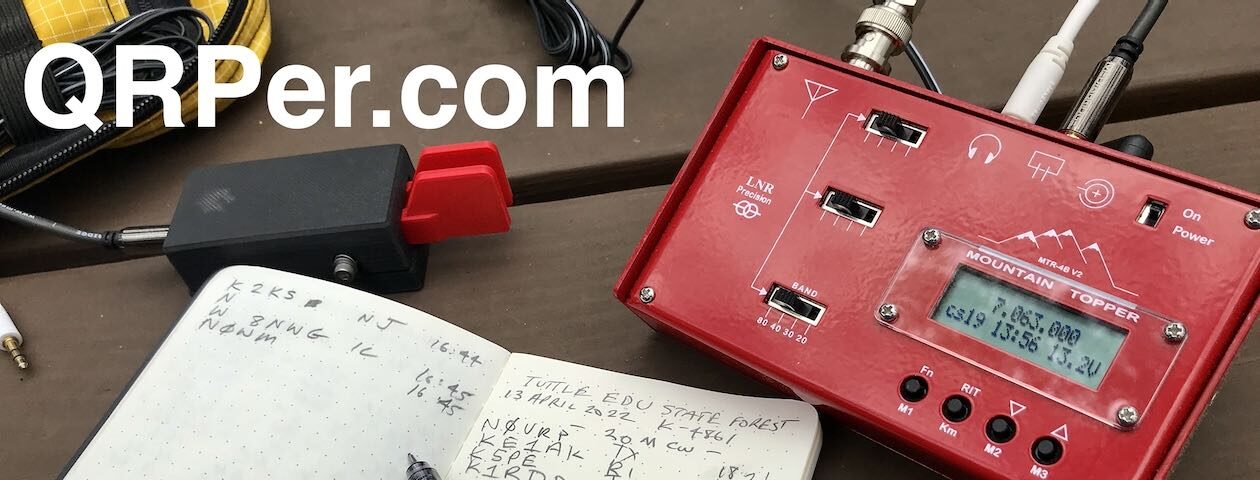Friday, March 17, 2023 was a dreary, rainy day.
It was the sort of day made for reading a good book by the fireplace or…in my case…activating a park!
I don’t let rain stop me from playing radio in the field. I carry a rain fly in my car pretty much all of the time so if push comes to shove, I can create a dry space to play radio.
That said, a number of parks I frequent have large covered picnic shelters, so why not use what’s already there?
That particular Friday, I had one particular park and one particular goal in mind.
G106 + BCI Filter
 As I mentioned in a post this weekend, I purchased and built a K9DP BCI Filter Kit.
As I mentioned in a post this weekend, I purchased and built a K9DP BCI Filter Kit.
If you’d like to see photos of the build, check out this post.
I built this BCI filter specifically to pair with the Xiegu G106 transceiver. Why? Because the G106 is prone to overload if you’re anywhere near an AM broadcaster.
The last time I visited Fort Dobbs State Historic Site (K-6839), a local AM broadcaster bled through the audio of the G106. I was able to complete the activation without any issues at all–in fact, it was a very successful activation (read the report here).
Still, I did feel that the receiver was a bit less sensitive due to the broadcaster overwhelming the front end of the radio.
That Friday, I wanted to pair my Xiegu G106 with the new in-line BCI filter to see if that might mitigate the interference I experienced before.
Fort Dobbs State Historic Site (K-6839)
After arriving at Fort Dobbs, and before taking my gear out of the car, I made my way to the park office (in the log cabin at the end of the sidewalk above) and asked for permission to use their picnic shelter. Continue reading POTA at Fort Dobbs: Testing a BCI filter and depleting a battery!






































